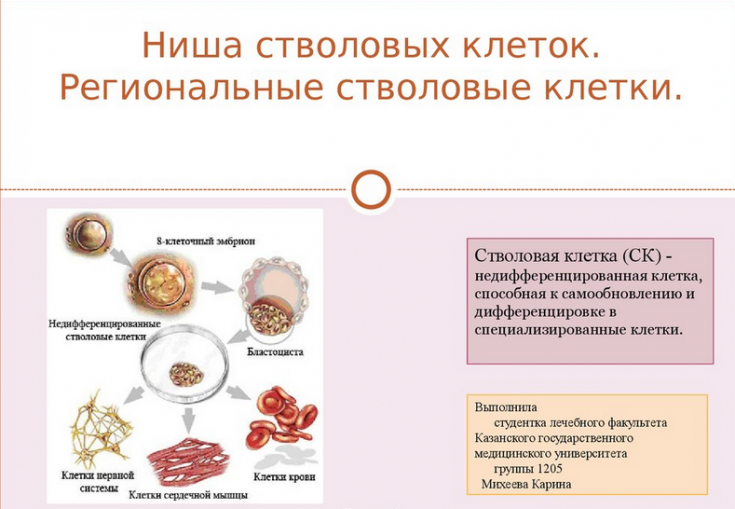A hundred years ago, Mechnikov observed the recruitment of macrophages in damaged tissues and postulated that these cells facilitate repair by clearing foreign molecules. Macrophages are present in all tissues of the body, including the skin.
Read in the article estet-portal.com what happens at the molecular and cellular level of interaction between stem cells of the hair follicle niche and cells of the immune system, in particular macrophages, when the hair bulb bed is mechanically damaged.
This knowledge will help in understanding the role of stem cells and how to correct their work.
Immune mechanisms of stem cells
Tissue damage caused by mechanical injury or exposure to infectious and toxic agents causes the release of damage-associated molecular structures (DAMPS) from dying cells and pathogen-associated molecular structures (PAMPS) from foreign agents that activate the immune system.
Follow us on Instagram
While studies in injured skin indicate an important role for macrophages and regulatory T cells (Tregs) in activating stem cell activities, the latter may also act as coordinators of the trauma response.
Antagonism of stem cell and macrophage in case of alteration
One interesting example is mechanical hair removal, which, unlike the normal hair cycle, causes local damage to the tissue of the hair follicle stem cell niche. Plucking the hair mechanically removes the inner layer of cells that not only anchor the hair, but are also involved in maintaining dormancy during normal telogen (BMP).
However, mechanical hair removal not only induces a new hair growth cycle, enhancing the regenerative capacity of stem cells, but can also activate the alteration factor search mechanism. In this case, the CCL2 chemokine is expressed by hair follicle stem cells (HFSCs) and activates associated macrophages that surround the stem cell niche.

These macrophages determine the phase of hair growth and the propagation of distress signals through their ability to secrete the inflammatory cytokine TNFα. Most tissue cells have receptors for the secreted pro-inflammatory factor TNF. However, the release of this cytokine inhibits hair regeneration.
TNF[alpha] leads to apoptosis of keratinocytes, and mice lacking the TNF receptor or treated with blocking antibodies to TNFα show accelerated skin regeneration after injury.
The controversial role of macrophage in influencing the follicle stem cell
However, tissue damage is accompanied by an increase in macrophage synthesis of other components, namely WNT regenerative signals and other putative macroaggregate chemoattractants.
It is also possible that in mammalian skin, inflammatory macrophages increase WNT levels during the natural hair cycle. If so, this may shed light on the mystery of why macrophages have such a positive effect on regeneration despite the fact that they produce inflammatory cytokines such as TNFα.
The synthesis of WNT regenerative signals by macrophages promotes stem cell activation in the hair follicle and compensates for the release of TNFα.
Regulatory T cells (Tregs) possess the FOXP3 transcription factor. Tregs are a subset of CD4+ helper T lymphocytes. Like macrophages, they show functional heterogeneity and plasticity as an obvious means of adapting to different physiological conditions.
Tregs are potent immune response suppressors where they function in preventing catastrophic autoimmunity. In the skin, resident Tregs are found near hair follicle stem cells. Rosenblum and colleagues recently reported that the number of Tregs fluctuates during the normal hair cycle, peaking in telogen when stem cells are in the resting phase, and then reaching a minimum during anagen. Like macrophage deficiency, Treg deficiency also thwarts new hair growth stimulated by hair removal.
In this review, we have touched upon the key aspects of the mechanisms of activation of immune and stem cells aimed at managing homeostasis and restoring the hairline, which, if dysregulated, can lead to pathology.
Thank you for staying with estet-portal.com. Read other interesting articles in the "Trichology" section. You may be interested in Causes of baldness: scientists have discovered new aspects at the cellular level
Cell







Add a comment